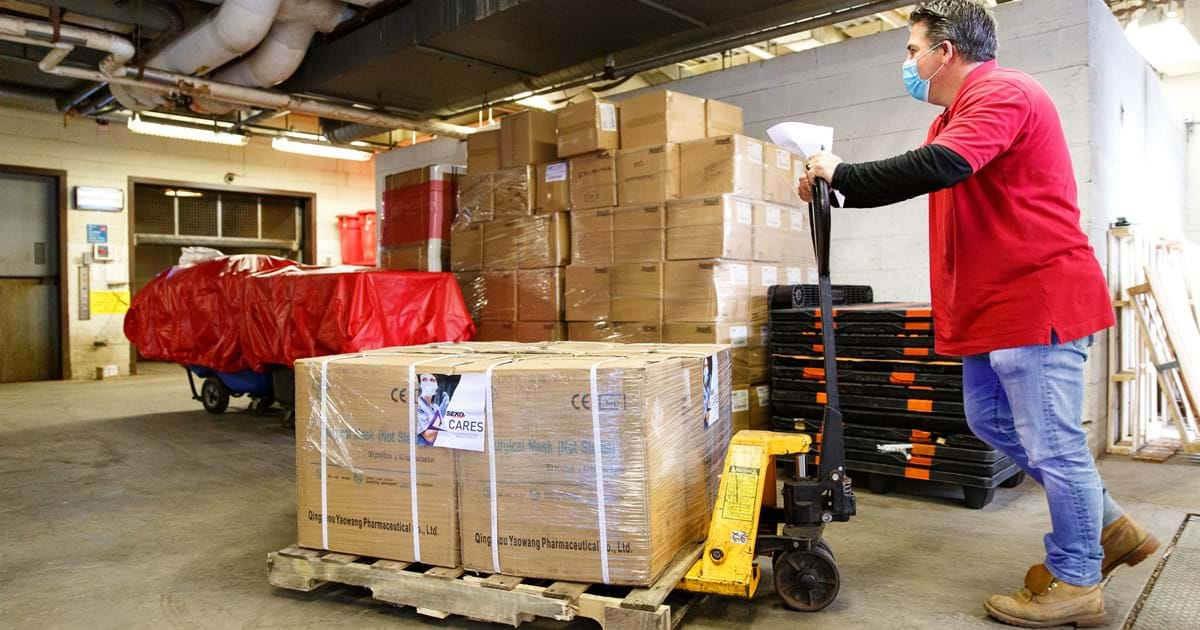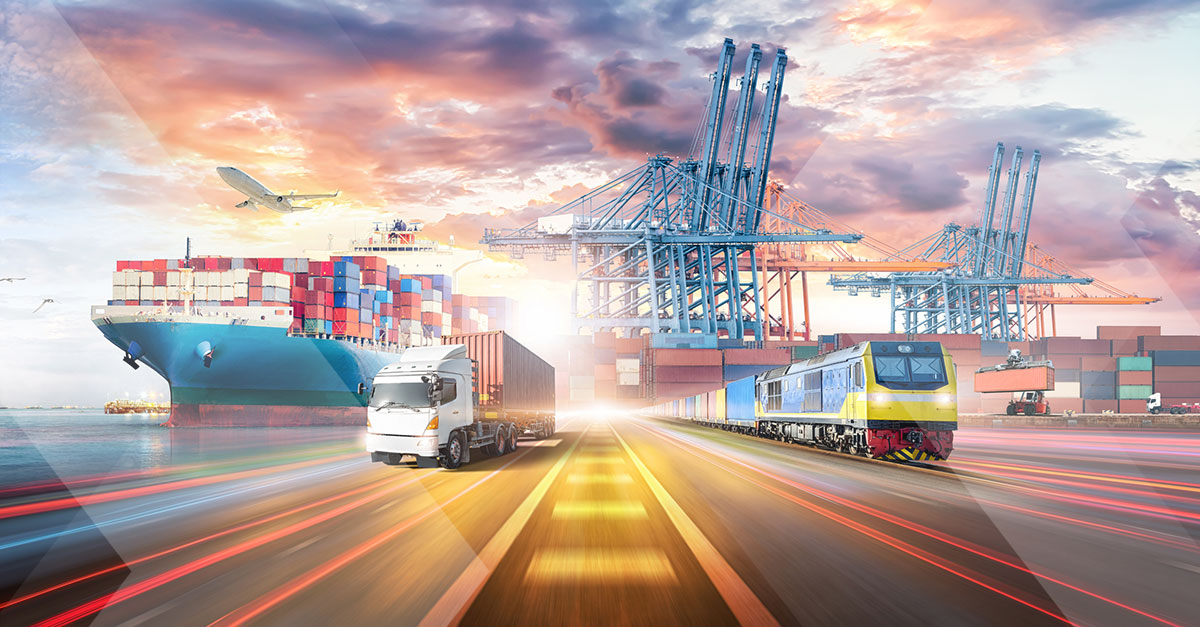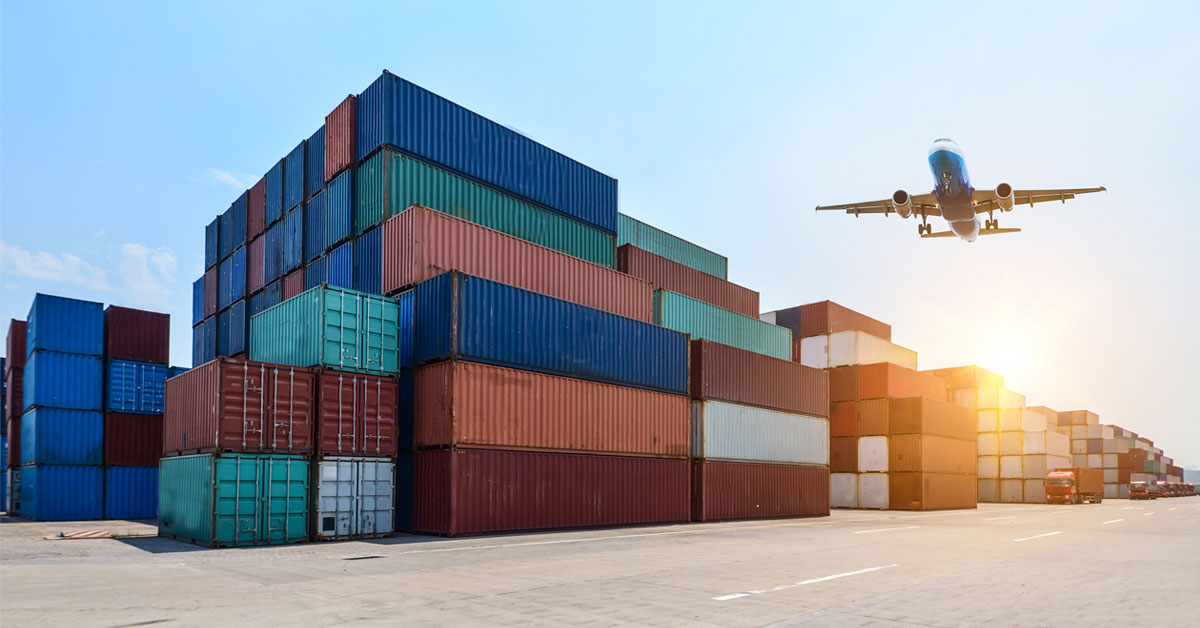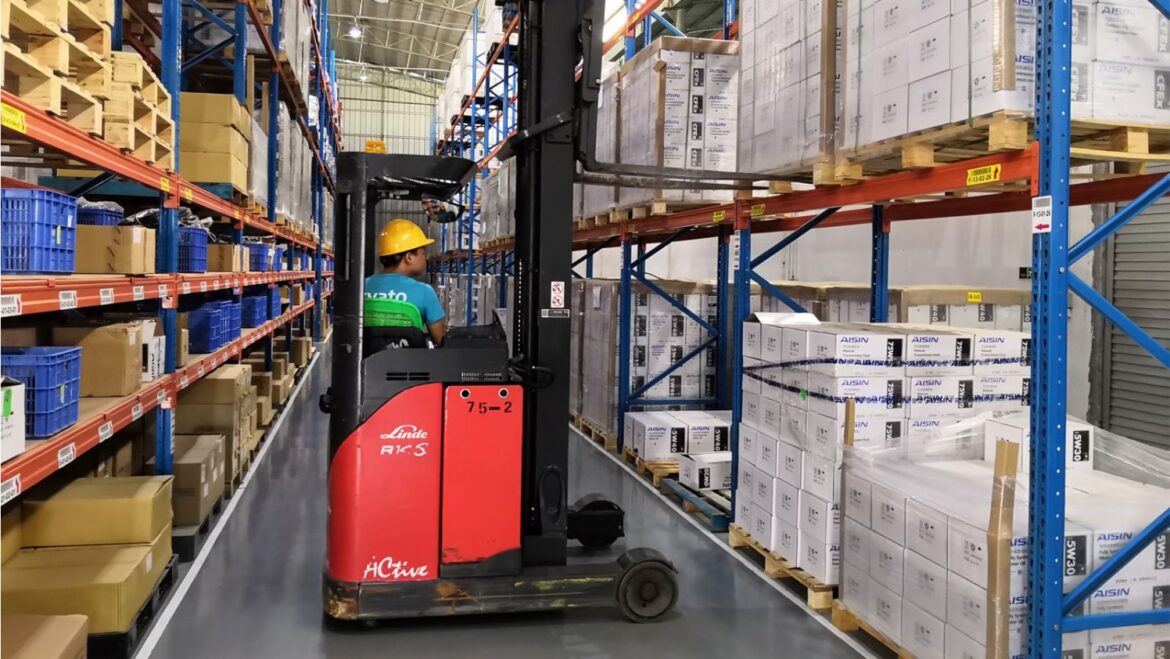In recent years, China has been undergoing a rapid evolution in its warehouse landscape. This changing environment is creating both challenges and opportunities for businesses that operate within the country.
To stay ahead of the competition, organizations must be able to adapt quickly and efficiently to the shifting landscape. With advancements in technology and a better understanding of customer needs, companies can capitalize on these new developments while also remaining aware of potential risks.
For those who are willing to look beyond traditional solutions, great rewards are awaiting them as they navigate this ever-changing environment. By exploring new possibilities and taking advantage of existing tools, companies can find success within China’s rapidly evolving warehouse landscape.
Keeping Up with Rapid Change in Warehouse Design and Technology

Source: www.sekologistics.com
In the past decade, China has seen rapid developments in warehouse design and technology. As a result, Chinese businesses now have access to state-of-the-art facilities for storing goods and managing inventory.
While this promises countless opportunities for growth and efficiency, it also presents complex challenges for companies trying to keep up with the pace of change. Companies that can embrace new technologies quickly can gain competitive advantages over those that lag.
This means investing in new equipment such as automated storage systems, voice-picking solutions, RFID tracking tags, and robotics. Furthermore, businesses must also ensure their staff are properly trained on these technologies so that they can operate them safely and effectively.
Changes in warehouse design offer many benefits too; modern warehouses often come equipped with ergonomic designs that reduce injury risk among workers while improving productivity levels at the same time. Additionally, energy-efficient lighting systems help cut down on costs by reducing electricity usage throughout the facility – something which is especially important given recent increases in power prices across China’s industrial sector.
Successful adaptation to rapid changes in warehouse design requires careful planning ahead of implementation; managers should take into account not only their current needs but also any potential future requirements when deciding how best to configure their operations moving forward. Companies should also pay close attention to trends within the industry as they may be able to spot opportunities from early adopters before competitors do so themselves – giving them a significant edge over rivals when it comes time to invest or upgrade existing infrastructure down the line.
Navigating Complex Regulatory Requirements for Warehousing Operations

Source: ardiexpress.com
Navigating the complex regulatory requirements for warehousing operations is a daunting task, especially in the ever-evolving landscape of Chinese warehouses. Businesses must keep up with changes in policies and regulations to remain competitive while still adhering to all applicable rules.
Companies must also be aware of licensing requirements, safety standards, and local taxes that may affect their operations. Furthermore, businesses need to consider how they will store goods securely and efficiently – an increasingly difficult challenge due to the rising demand for digital transformation solutions like automated storage systems or cloud computing technology.
In such a dynamic context, companies must stay ahead of the curve by continuously monitoring developments so as not to fall behind their competitors. Adopting cutting-edge strategies can help firms stay compliant while ensuring cost savings over time which are critical for success in today’s market environment.
Managing Increased Costs of Logistics and Shipping

Source: www.jabil.com
The rise of eCommerce and the growth in demand for faster shipping have caused logistics and shipping costs to increase significantly. Despite this, there are steps businesses can take to mitigate these costs.
One way is by optimizing their inventory management techniques and taking advantage of new technology like RFID tracking, which helps keep track of stock levels in real time. Additionally, using digital platforms such as Amazon FBA (Fulfillment By Amazon) can help reduce logistical overhead by outsourcing the fulfillment process to a third-party provider.
Businesses should also explore alternative delivery options like drones or self-driving vehicles, which could potentially bring down transportation expenses while providing faster deliveries than traditional methods. Finally, utilizing predictive analytics tools with historical data can provide insights into customer buying trends which may help identify opportunities for more cost-efficient operations processes to ensure maximum profits despite rising logistics costs.
Conclusion

Source: laffaz.com
The rapid evolution of the China Warehouse Landscape presents both challenges and opportunities for businesses to adapt. With careful planning, businesses can take advantage of the changing landscape to improve their logistics operations in this key market.
From better utilization of space and improved safety measures to maximizing automation and providing more efficient customer service, companies need to be prepared for the evolving Chinese warehouse landscape if they want to remain competitive in the future.

